Re: 3:1:1:1
I don't get the 4:1 thing, because clay is cementitous. It was used as an early mortar which is still used in parts of the world. I correspond with a Mason in Tanzania that builds cross vault ceilings with handmade brick, using clay mixed with sand as the mortar. The thing most people don't understand is the need to match mortar strength to the unit installed. I didn't see anything in the early posts suggesting that the recommended,and often used 3:1:1:1 is a bad mix design, only that it is rich.
Originally posted by wotavidone






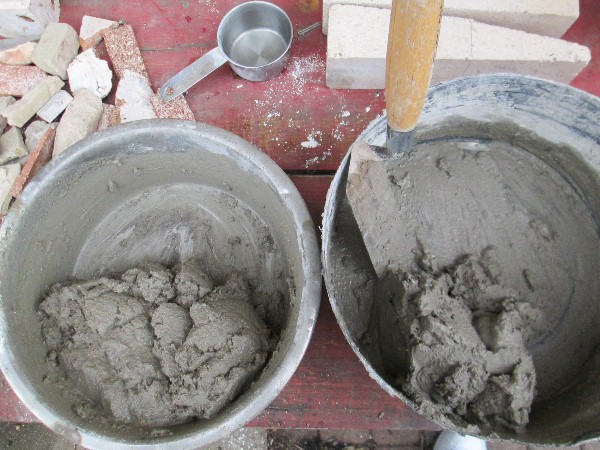

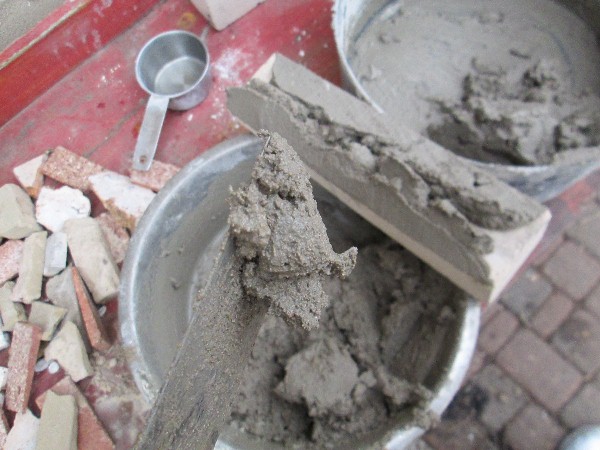
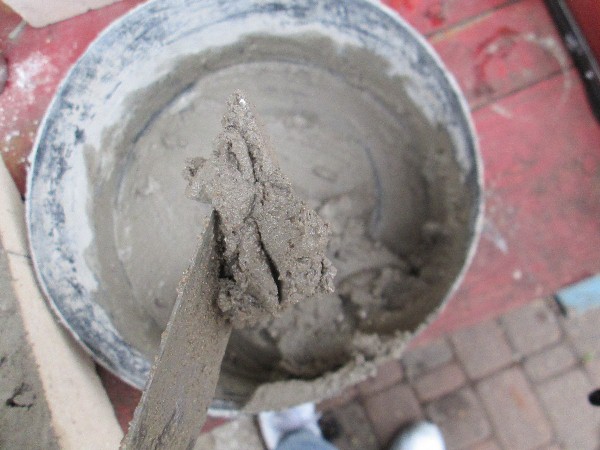


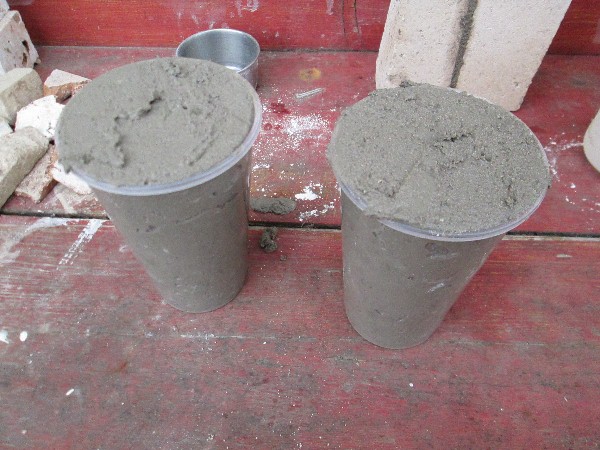
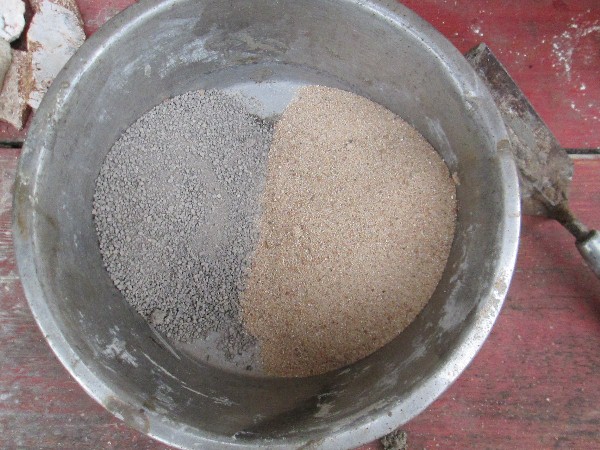


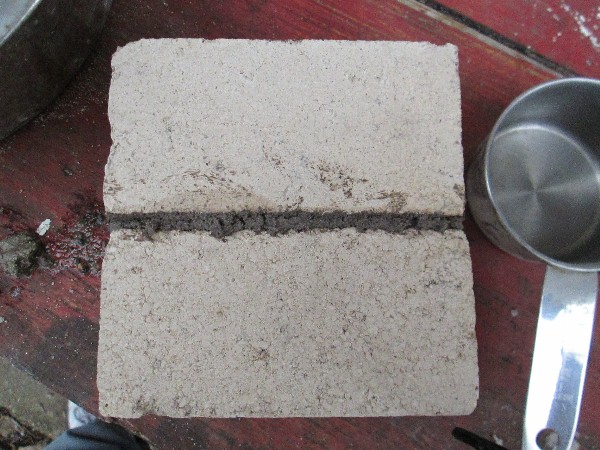
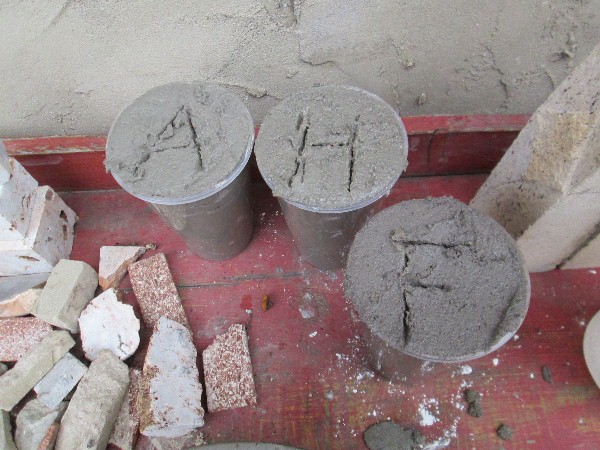
Comment